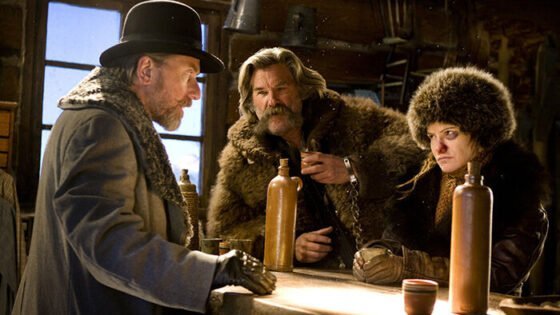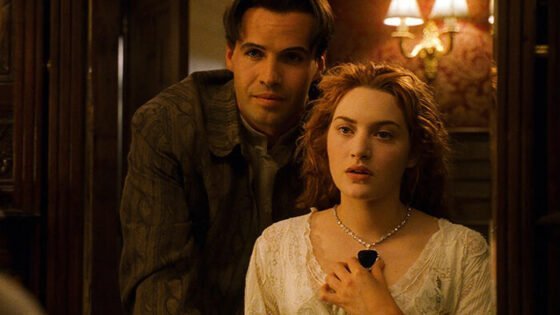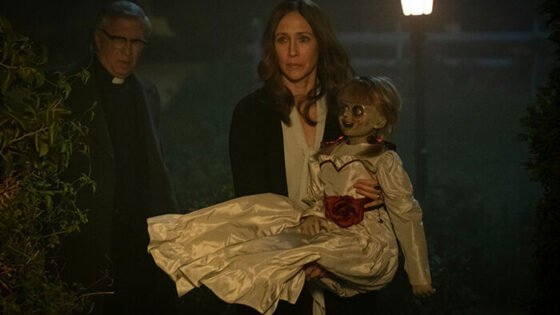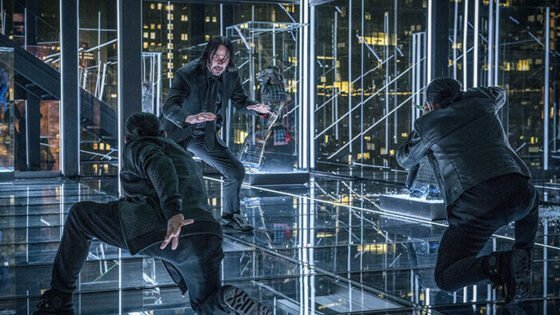The Guns Of Fort Petticoat 1957 Audie Murphy & Kathryn Grant
The Guns of Fort Petticoat is a 1957 American Western film produced by Harry Joe Brown and Audie Murphy for Brown-Murphy Pictures. It was based on the 1955 short story „Petticoat Brigade” by Chester William Harrison (1913–1994) that he expanded into a novelization for the film’s release. It was directed by George Marshall, distributed by Columbia Pictures and filmed at the Iverson Movie Ranch and at Old Tucson.
The fictional story tells the tale of an Army deserter training a disparate group of women to become Indian fighters climaxing in a Battle of the Alamo-type action.
Plot
In 1864, during the American Civil War, Texan Lt. Frank Hewitt (Audie Murphy) is serving with the U.S. Cavalry under Colonel John Chivington. On patrol, Hewitt meets a group of unarmed Indians who are returning to the Sand Creek reservation that they were not supposed to leave. While being briefed by Hewitt, the colonel orders the attack known to history as the Sand Creek Massacre. Hewitt not only disagrees with the punishment of the Indians, but realizes they will use the attack as an excuse to unite and spread terror throughout the Southwest, including his own hometown in Texas, which has sent most of its men to fight for the Confederacy. Colonel Chivington sees Indian attacks on Texas, which will create havoc in the Confederacy, as a bonus. Violently objecting, Hewitt is placed under arrest and confined to quarters.
Hewitt deserts to warn the Texans but is hated and ignored as a traitor by his now-Confederate former neighbors, who despise him for serving with the Union. No one believes him until he brings home the dead body of a woman murdered by Comanches who have joined the uprising. Hewitt organizes a brigade of women and trains them in marksmanship and combat tactics. Armed and given military ranks, Hewitt and the women seize the day and hold on to the only safety they have in an abandoned mission (Fort Petticoat). The „blue-belly traitor” Hewitt and the petticoat brigade are deserted by the only remaining man; they fight off scavengers and Comanches as they struggle to build trust and work together during the ensuing attacks. As the final gunfight ends, Hewitt and his greatest female critic fall in star-crossed love left over from childhood memories. But Hewitt cannot reciprocate because as an honorable soldier he must return to his post at Sand Creek and face charges for desertion. As Hewitt is being renounced as a deserter and a liar for his most fantastic story of helping to rescue the women in Texas and training them to fight off Comanches, Col. Chivington’s commanding general happened to enter the trial room. As the guilty sentence and execution is about to be pronounced, his female confederates return the favor, marching armed into the trial to stop the proceeding. The commanding general, in a surge of sentimental good will, orders a surrender to the armed ladies who have saved the day and proved Hewitt’s truthfulness. Hewitt’s testimony snares Col. Chivington (who is relieved of command and ordered held for trial) and his hopes in his new-found Confederate love are restored.





















Būkite pirmas pakomentavęs